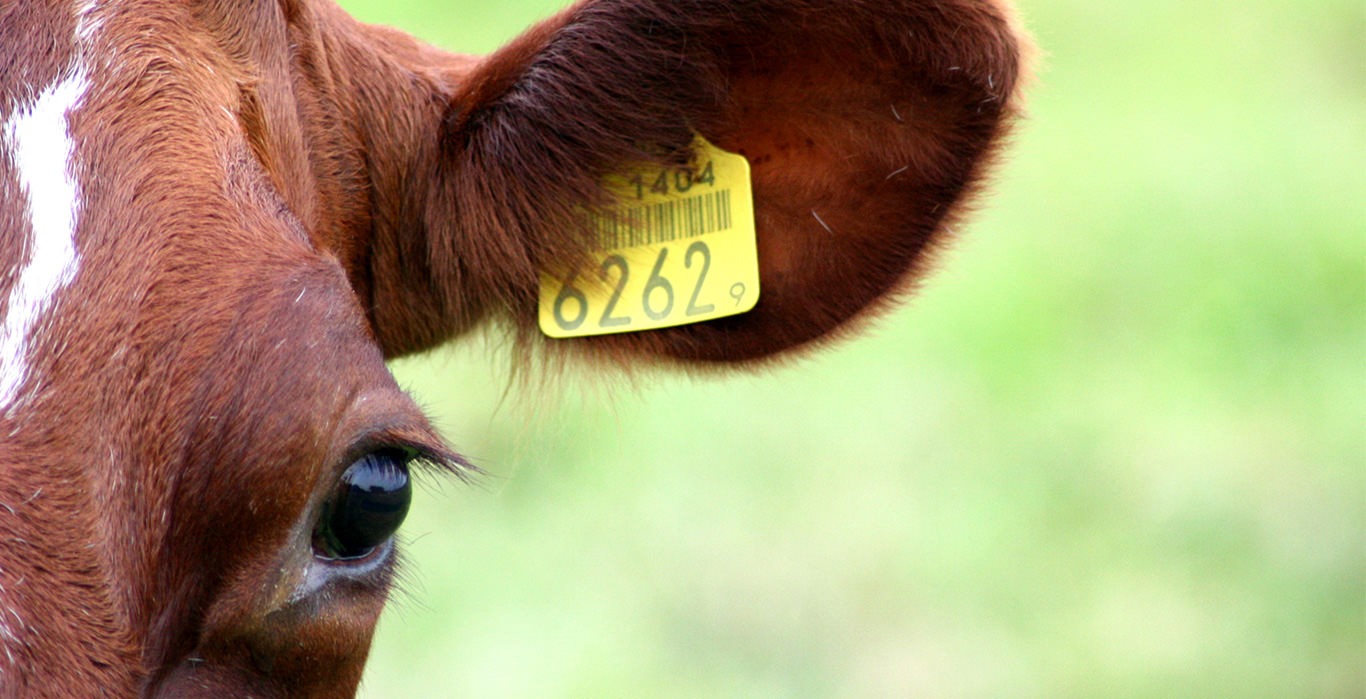The nearly 60,000 French dairy farms have an average of 60 heads of cattle per farm, with the vast majority having between 40 and 80 heads.
French average cattle numbers are very low in scale compared to many other countries:
- 150 heads per farm in Denmark
- 400 in New Zealand,
- 195 in the United States…
In France, only 10% of farms have more than 100 heads of cattle (as opposed to 70% in Denmark and 95% in New Zealand).
